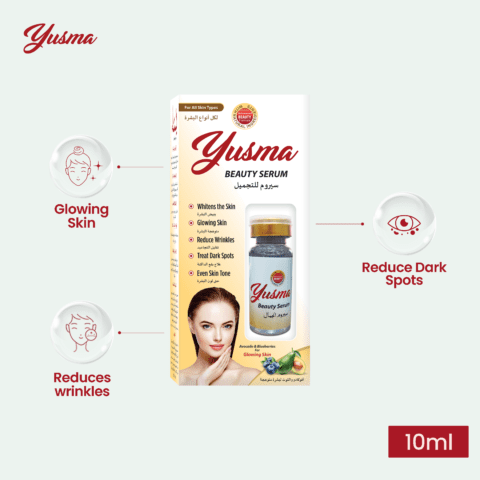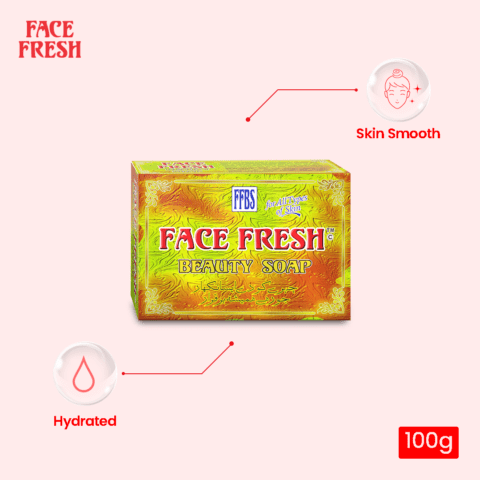Hair loss is a common concern that affects millions of people worldwide. Losing hair can be distressing and have a significant impact on an individual’s self-esteem and confidence. In this article, we will explore the causes of hair loss, different types of hair loss conditions, available treatment options, natural remedies, coping strategies, prevention tips, and more.
I. Introduction
Hair loss, also known as alopecia, refers to the partial or complete loss of hair from the scalp or other parts of the body. It can occur due to various factors and affects both men and women. Hair loss can be a natural part of the aging process, but it can also be caused by underlying medical conditions, hormonal imbalances, genetic factors, and lifestyle choices.
II. Causes of Hair Loss
A. Genetic Factors
- Androgenetic Alopecia: Also known as male or female pattern baldness, androgenetic alopecia is the most common cause of hair loss. It is influenced by genetic factors and hormonal changes.
- Family history: If your parents or close relatives have experienced hair loss, there is a higher likelihood of you experiencing it too.
B. Hormonal Changes
- Imbalances in DHT: Dihydrotestosterone (DHT) is a hormone responsible for hair growth regulation. Excessive production of DHT can lead to hair follicle miniaturization and eventual hair loss.
- Thyroid disorders: Thyroid imbalances, such as hypothyroidism or hyperthyroidism, can disrupt the hair growth cycle and contribute to hair loss.
C. Medical Conditions
- Alopecia Areata: An autoimmune condition that causes hair loss in patches or all over the body.
- Scalp infections: Fungal or bacterial infections of the scalp can damage hair follicles and lead to hair loss.
D. Lifestyle and Environmental Factors
- Stress and anxiety: Chronic stress can disrupt the hair growth cycle and accelerate hair loss.
- Poor nutrition: Inadequate intake of essential nutrients, such as vitamins and minerals, can weaken hair follicles and contribute to hair loss.
- Hair styling practices: Excessive heat styling, tight hairstyles, and chemical treatments can damage hair follicles and lead to hair loss.
III. Types of Hair Loss
Hair loss can manifest in different forms, each with its own characteristics and causes. Understanding the types of hair loss can help determine the appropriate treatment approach.
A. Androgenetic Alopecia (Male/Female Pattern Baldness): This type of hair loss follows a predictable pattern and is characterized by thinning of hair on the crown or a receding hairline.
B. Telogen Effluvium: Telogen effluvium is a temporary hair loss condition that occurs due to a disruption in the hair growth cycle. It can be triggered by factors such as childbirth, surgery, severe stress, or nutritional deficiencies.
C. Alopecia Areata: Alopecia areata is an autoimmune condition where the immune system mistakenly attacks the hair follicles, leading to patchy hair loss on the scalp or other parts of the body.
D. Traction Alopecia: Traction alopecia occurs when there is excessive tension or pulling on the hair, often due to tight hairstyles like braids, ponytails, or extensions.
E. Trichotillomania: Trichotillomania is a psychological disorder characterized by an irresistible urge to pull out one’s own hair, resulting in hair loss.
F. Scarring Alopecia: Scarring alopecia refers to hair loss caused by inflammation or scarring of the hair follicles, which can result from conditions like lupus or lichen planus.
IV. Diagnosis and Treatment Options
If you are experiencing hair loss, it is essential to consult a healthcare professional or a dermatologist for a proper diagnosis and personalized treatment plan. The following steps may be involved in the diagnosis and treatment of hair loss:
A. Medical Evaluation: The healthcare professional will evaluate your medical history, perform a physical examination, and may ask questions about your lifestyle, diet, and hair care practices.
B. Diagnostic Tests: Depending on the suspected cause of hair loss, the healthcare professional may recommend blood tests, scalp biopsy, or other specialized tests to determine the underlying factors.
C. Treatment Options: The treatment approach will depend on the type and severity of hair loss. Some common treatment options include:
- Medications: Medications like minoxidil and finasteride may be prescribed to stimulate hair growth or prevent further hair loss.
- Topical Treatments: Topical solutions or foams containing minoxidil or other ingredients may be applied directly to the scalp to promote hair growth.
- Hair Transplantation: Hair transplantation involves transferring healthy hair follicles from one area of the body (donor site) to the balding or thinning areas (recipient site).
- Low-Level Laser Therapy (LLLT): LLLT uses low-intensity laser light to stimulate hair growth and improve the overall health of the scalp.
- Platelet-Rich Plasma (PRP) Therapy: PRP therapy involves injecting platelet-rich plasma derived from the patient’s own blood into the scalp to stimulate hair growth.
V. Natural Remedies and Lifestyle Changes
In addition to medical treatments, there are natural remedies and lifestyle changes that can support hair health and potentially reduce hair loss. It is important to note that these remedies may not work for everyone, and consulting with a healthcare professional is advised.
A. Nutritional Supplements: Certain supplements, such as biotin, vitamin D, and iron, may support healthy hair growth. However, it’s crucial to consult a healthcare professional before starting any supplements.
B. A Balanced Diet: Eating a nutritious and well-balanced diet rich in vitamins, minerals, and proteins is essential for healthy hair growth. Include foods like fruits, vegetables, lean proteins, and whole grains in your diet.
C. Scalp Massage: Massaging the scalp regularly can help improve blood circulation to the hair follicles and promote hair growth.
D. Stress Management Techniques: Practicing stress reduction techniques like meditation, yoga, or deep breathing exercises can help manage stress levels, which may contribute to hair loss.
E. Hair Care Practices: Avoid excessive heat styling, harsh chemical treatments, and tight hairstyles that can damage hair follicles. Use gentle and nourishing hair care products suitable for your hair type.
VI. Coping with Hair Loss
Experiencing hair loss can have emotional and psychological implications. Coping strategies can help individuals adjust to their new appearance and boost their self-confidence:
A. Emotional Impact: Hair loss can have a significant emotional impact, causing feelings of embarrassment, self-consciousness, or sadness. It is important to acknowledge and address these emotions.
B. Psychological Support: Seeking support from friends, family, or a therapist can provide emotional support and help individuals cope with the psychological impact of hair loss.
C. Hair Styling and Accessories: Experimenting with different hairstyles, using hair accessories, or exploring wigs and hairpieces can provide temporary solutions and boost confidence.
D. Wigs and Hairpieces: Wigs and hairpieces can be a viable option for individuals seeking to enhance their appearance or regain a natural-looking head of hair.
E. Acceptance and Self-Confidence: Embracing one’s appearance and focusing on other aspects of personal identity can foster self-acceptance and boost self-confidence.
VII. Prevention Tips
While not all types of hair loss can be prevented, adopting healthy habits and making certain lifestyle changes may help minimize the risk or slow down the progression of hair loss:
A. Healthy Hair Care Practices:
- Avoid excessive brushing or combing when hair is wet.
- Use a wide-toothed comb or a brush with soft bristles to avoid hair breakage.
- Limit the use of heat styling tools and protect hair with a heat protectant spray.
- Avoid harsh chemical treatments and opt for gentler alternatives.
B. Balanced Diet and Nutrition:
- Consume a diet rich in vitamins, minerals, and proteins essential for hair health.
- Include foods like leafy greens, nuts, seeds, fish, and lean meats.
- Stay hydrated by drinking an adequate amount of water daily.
C. Stress Management:
- Practice stress reduction techniques like exercise, meditation, or hobbies.
- Seek support from loved ones or consider professional help if needed.
D. Regular Exercise:
- Engage in regular physical activity to promote overall health, including circulation to the scalp.
VIII. Conclusion
Hair loss is a common concern affecting people worldwide. It can have a significant impact on an individual’s self-esteem and overall well-being. Understanding the causes, types, and treatment options for hair loss can empower individuals to seek appropriate help and make informed decisions. Additionally, adopting healthy lifestyle practices, managing stress, and seeking emotional support can contribute to better hair health and overall quality of life.




Leave a comment
Your email address will not be published. Required fields are marked *